"The distance is nothing; it is only the first step that is difficult." -Madame Marie du Deffand
If you've got some solidly dark skies, you might notice -- in addition to the great field of thousands of stars -- a few faint, fuzzy objects.
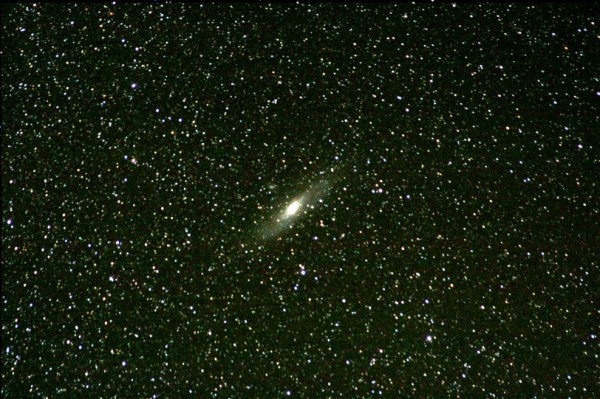
Visible with the naked eye (and captured with only a digital camera), this is the Andromeda Galaxy, as seen from Earth.
At a "mere" 2.4 million light years from us, it is the closest large galaxy to us, by far. As far as our best telescopes can show us, Andromeda looks like this.
And you don't want to use something like the Hubble Space Telescope! Andromeda is too close and too large to image with a narrow-angle camera like Hubble. In fact, in sheer terms of angular size, Andromeda embarrasses even the Moon.
But why limit yourself to what your eyes can see? After all, we know that there are a great many more wavelengths of light that exist, and we have telescopes specialized to see those wavelengths, highlighting different parts of the galaxy.
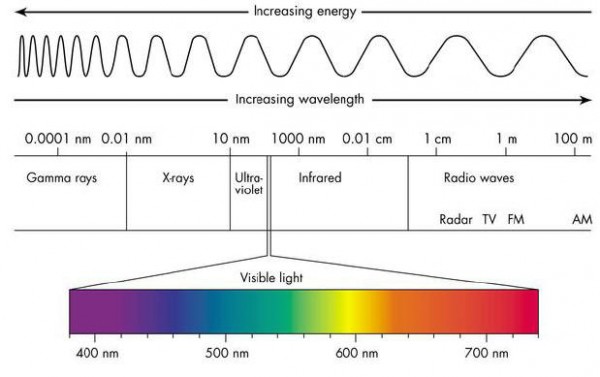
Let's start in the Ultraviolet.
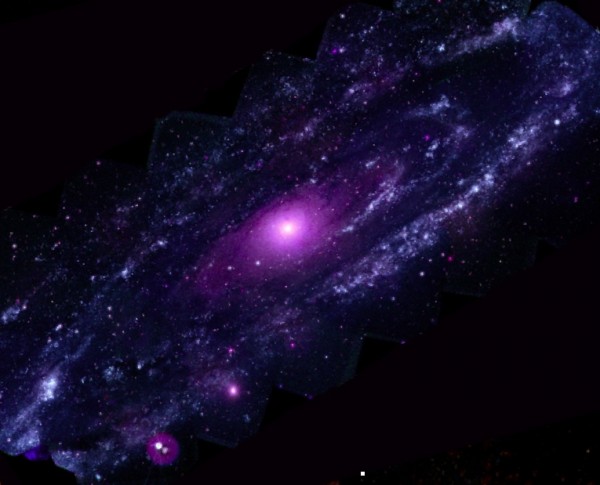
Thanks to the Swift Satellite, we get a view of more than 20,000 ultraviolet sources in the Andromeda Galaxy. Most of these objects are hot, young, bright stars, along with dense star clusters. The galaxy's core, of course, is also very bright in the ultraviolet. (This image, itself, is a composite of more than 300 separate Swift images!)
But what about the cooler regions?
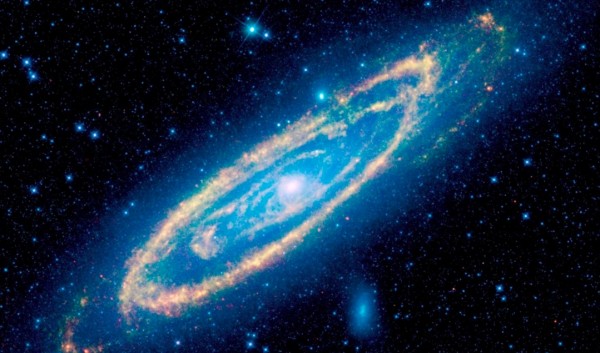
The Spitzer Space Telescope, looking in the far infrared, picks up stars (in blue) and great, cool dust lanes, in orange.
Those dust lanes are great, of course, and the pictures even farther to the cool end -- in the radio -- are far less exciting.
But what if we head all the way to the high end of the energy spectrum, and look in the X-ray?
Shown in combination with Herschel's infrared data (in orange), the XMM-Newton satellite grabs the X-rays, shown in blue, above. It's only the dying stars -- white dwarfs, neutron stars, black holes, and catastrophic events -- that give off X-rays. But if we look at the X-rays alone...
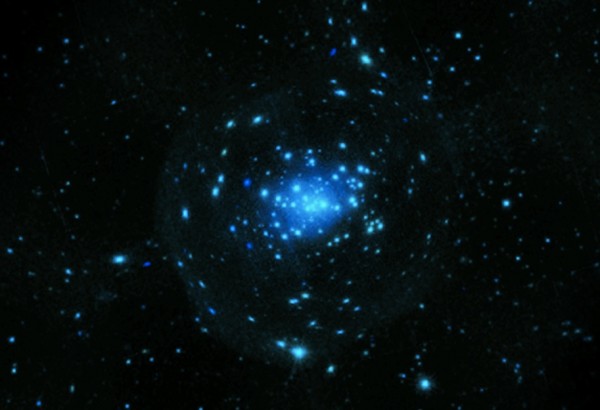
There are hundreds of them, clustered around the center, with X-rays that head straight for us! So keep in mind, whether you're looking out into space or at the world around you, there's only a tiny fraction of the light that you can actually see. But as our ability to look improves, so does our understanding of our closest galactic neighbor, which in turn helps us understand our own!

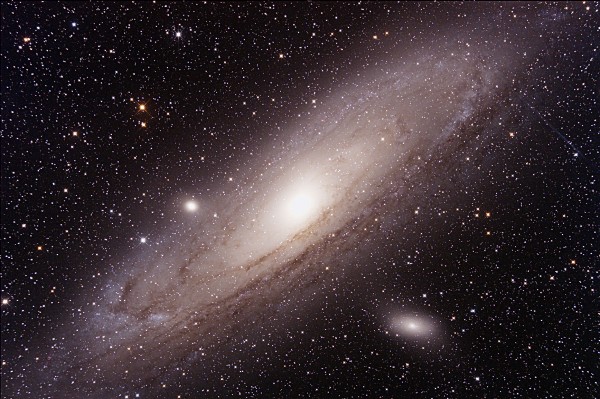
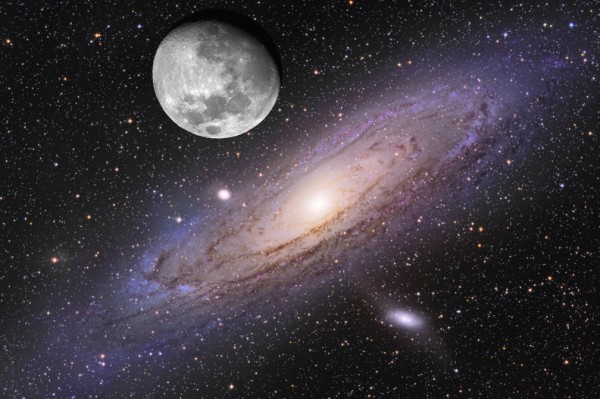
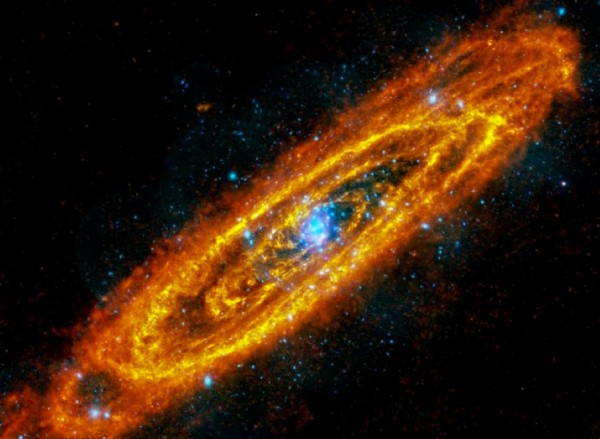
As usual, an excellent post! Thank you very much and keep it up.
Every time I've seen one of those beautiful false-color images of Andromeda, I've thought "someone should do a side-by-side comparison of them". Clearly, great minds think alike.
Is that gravitational lensing I notice in that last picture?
Yes, I was noticing that too. The x-ray images seem to be smeared in a spherical shape, rather than a disc. What's up with that?
I am also curious as to the last image. It doesn't look like lensing to me, but more of a planisphere*-esque shaped cloud. Inquiring minds want to know. What can we attribute that to?
*Hardly close to being a perfect sphere but I couldn't resist. (side note: congrats on being the 4th link when searching planisphere on google)
Also, what do you think the odds are of a) the neutralino being a legit candidate for dark matter (perhaps a post to add to the "how good is your theory" list) and b) what the odds are in your professional opinion of us detecting it at the LHC?
The outer stars of the ball on the last picture surely do look as if they were bent, especially the ones on the upper right
Great post Ethan... kinda puts in perspective how insignicant we are in this corner of the universe when our closest large galaxy neighbor is "ONLY" 2.4 million light years away!!
Uh, is it an illusion, or is there a sort of bubble structure in the last x-ray image? Could the X-rays be bouncing off a large cloud of dust, gas, or dark matter?
I hope you can see what I'm talking about. It might be an artifact of data collection, but I would think pictures this polished had already had corrections done.
Andromeda is too close and too diffuse to act as a significant gravitational lens. My guess is that it is coma or some other optical aberration.
http://chandra.harvard.edu/about/telescope_system.html
Given the penetrating nature of x-rays I am amazed that they can be imaged using coaxial deep high curvature mirrors. The design probably necessitates some off-axis distortion.
Brad
I had to reread your post to see what I was missing; it was the word "large" in the phrase "closest LARGE galaxy".
Becasue this link describes the "closest SMALL galaxy"
http://www.universetoday.com/21914/the-closest-galaxy-to-the-milky-way/
Thus, do dwarf galaxies have black holes in their centers? Any observations regarding Canis Major dwarf galaxy or other nearby dwarfs? Or any theory?
i like the image with the moon in it. it drives home that so many of these astronomical objects are HUGE IN OUR SKY, and if it weren't for the puny light gathering power of our eyes, night skies would be full of awsome. for a lot of these objects, a telescope is really just used for light gathering power--no magnification necessary.
Yep, that view with the moon is a great find.
In the south of Australia, we're discriminated against by not being able to see the Andromeda Galaxy (except for perhaps 3 weeks a year). In compensation, we get great views of the Magellanic Clouds.
Nelson Mandela bugün Johannesburgâtaki Milpark Hastanesiâne kaldırıldı. Bilgi almak için baÅta gazetecilerin soru yaÄmuruna tuttuÄu Nelson Mandela Vakfı, efsane liderin rutin testlerinin yaptırdıÄını, endiÅe edilecek bir durumun olmadıÄını bildirdi. AFP fotoÄrafçısı Mandelaânın karısı Graca Machel ve ailesinden 4 kiÅiyi hastaneden ayrılırken görüntüledi
So why not go all the way to gamma? And are you an alternate universe teacher? I'd like to know your take on all this. THX